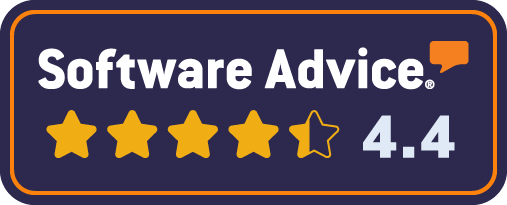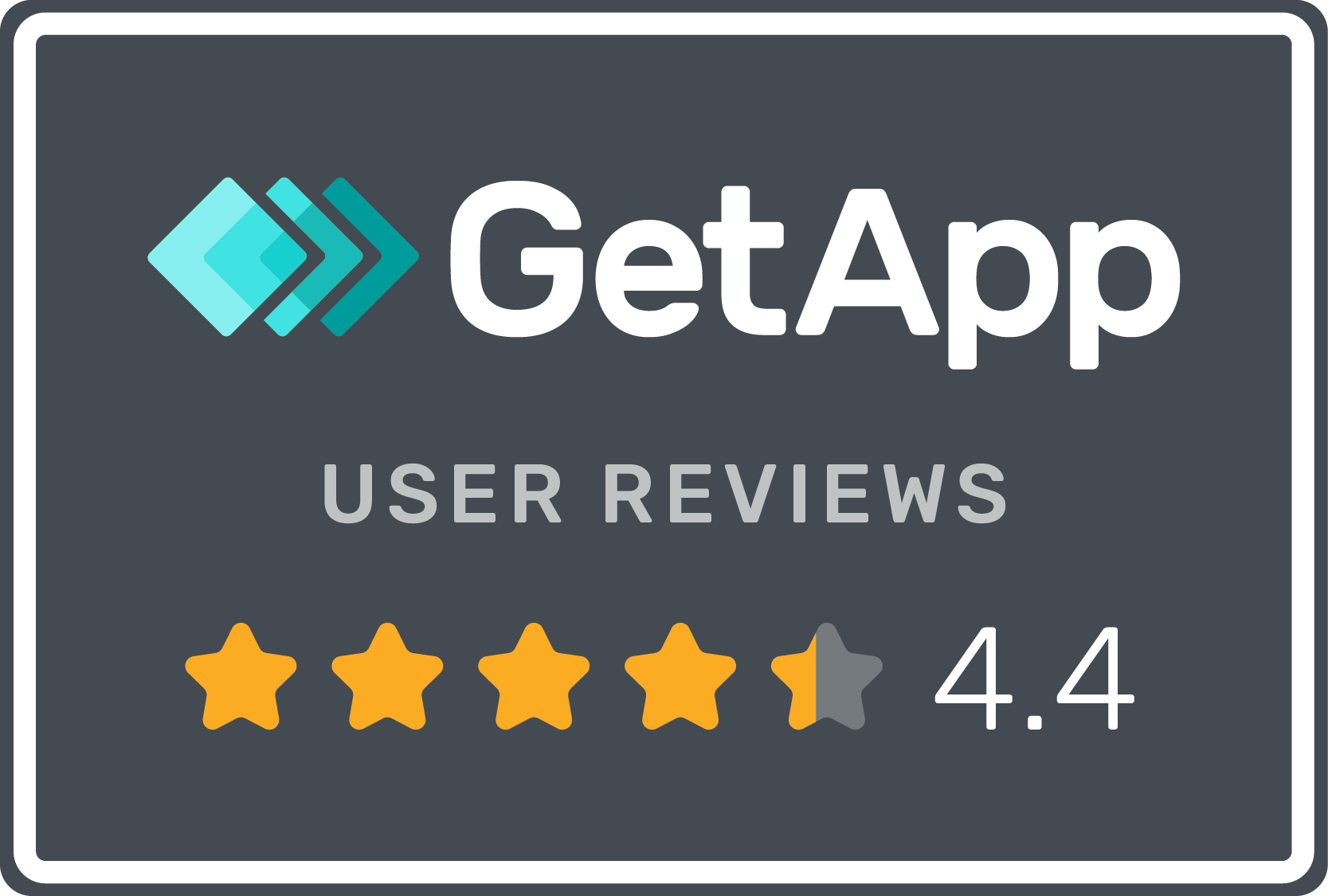HR analytics.
what is HR analytics?
HR analytics refers to collecting and applying specific human resources and talent data to an organisation's processes and results. This data provides an overview of how the company manages its talent, from interviewing and hiring to employee onboarding and retention to separation.
By using this information, an organisation can look for ways to improve their talent acquisition process and enhance how they onboard employees and set them up for success during their time with the organisation. HR analytics can also be referred to as people analytics.
It’s important to remember that there are dozens of different analytics that can be figured out using human resources data. As a result, the HR analytics that you track will depend specifically on your organisation. If your team is starting from zero, the analytics listed below will give you a strong foundation to start.
the most common hiring analytics.
If an organisation uses an applicant tracking system (ATS), pulling metrics relating to hiring is fairly easy. Here are some of the most common hiring HR analytics to track:
time-to-fill
How long it takes to fill an open position impacts an organisation’s bottom line. Time is directly associated with cost. Productivity is lost by having the position open and there are costs directly associated with recruiting, hiring, and interviewing new candidates. Therefore, the longer the time-to-fill, the more money your organisation is losing.
time-to-hire
This metric can often be confused with “time-to-fill” but time to hire refers to how long it takes for your new hire to go from applying to the job through to confirming acceptance of your offer. Some organisations choose to focus on “time-to-start” which is the time taken from applying through to the new employee starting with you. However, this would typically include the new hire’s notice period which is not really within your control, so is not as good an indicator of recruitment performance as time to hire is.
cost-per-hire
As mentioned with time-to-fill, the cost-per-hire metric is about more than just the money spent to post a job. It also includes the time and subsequent salary of the people in your organisation that are in charge of hiring. These costs can range from the time it takes to screen CVs, set up interviews, interview candidates, conduct background checks, extend offers, and onboard new employees.
new hire turnover rate
Employees decide to leave organisations all the time. However, it’s advisable to pay close attention to your new hire turnover rate as it can indicate issues with your recruiting, hiring, and/or onboarding processes.
Every organisation will define “new hire” in their own way. For some, it may be that any employee who leaves within six months is considered a new hire and, therefore, would be counted in the new hire turnover rate.
the most common employment analytics.
When tracking HR analytics specific to employment, you will look beyond simply bringing the employee on board. These are some common things to track for employment analytics:
time to productivity
Measuring how long it takes from an employee’s first day on the job to the day they become productive can tell you a lot about the employee and your HR practices. An employee who becomes productive quickly could demonstrate how effective your onboarding and training are. The opposite can highlight areas of improvement for your onboarding team and training managers.
absenteeism rate
Absenteeism refers to missing work for any reason. It can become a problem if the employee routinely takes days off and their productivity suffers as a result. Aside from disengagement and burnout, other causes of absenteeism can relate to illness, lack of childcare or transportation, or the need to care for a loved one. Absenteeism rate tracking can lead to changes in your paid time off (PTO) policies, employee evaluations and closer examination of your company’s work/life balance and wellness programmes.
absenteeism rate per manager
When tracking absenteeism, it’s important to cross-reference that information with your management team. If a certain manager has a team with a high absentee rate, it could indicate a problem with that manager, a problem with training in that department, or a problem with hiring in that department. All of these issues should be addressed quickly to maintain the employees’ productivity and the company’s revenue.
revenue per employee
With the exception of social enterprises and not for profits, revenue drives all businesses forward. Every employee should - either directly or indirectly - drive revenue for your organisation. The equation is pretty easy to figure: Take your annual revenue and divide it by the number of employees in your organisation. Target revenue per employee depends on your specific organisation, including its size, scope, and industry. For example, Alphabet (Google’s parent company) recently had a revenue per employee of over £1.4 million.
streamlining your recruitment process is easy with hireful.
Learn more about using your own HR data to make your organisation better and book an intro call with us at hireful to learn how our ATS can streamline your recruitment and help you find the best candidates.










